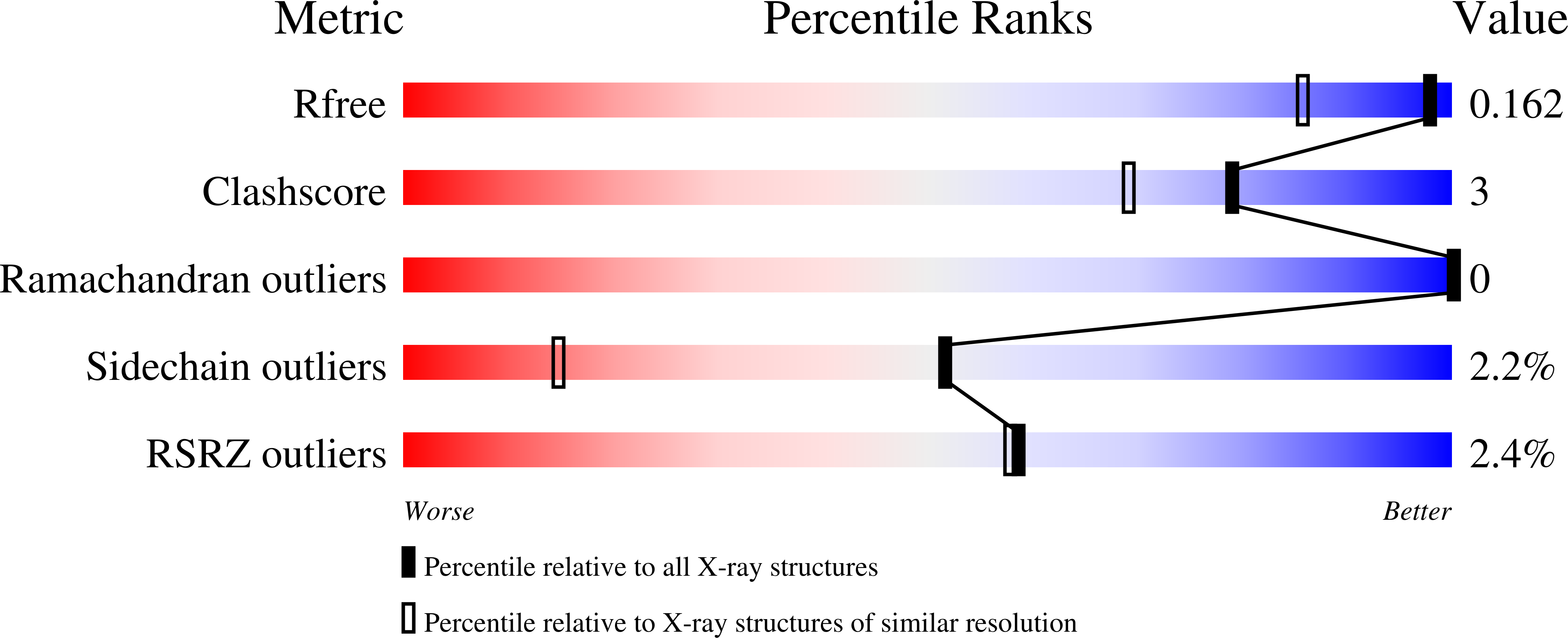
Deposition Date
2016-02-18
Release Date
2016-05-25
Last Version Date
2024-01-10
Entry Detail
PDB ID:
5I8F
Keywords:
Title:
Crystal structure of St. John's wort Hyp-1 protein in complex with melatonin
Biological Source:
Source Organism:
Hypericum perforatum (Taxon ID: 65561)
Host Organism:
Method Details:
Experimental Method:
Resolution:
1.30 Å
R-Value Free:
0.15
R-Value Work:
0.12
Space Group:
C 2 2 21


